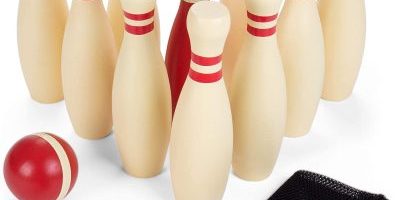The history of bowling pins is a fascinating journey that spans centuries and reflects the evolution of the sport itself. In this blog post, we’ll explore the historical timeline of bowling pins, from early skittles to the standardized pins we use today.
Ancient Beginnings
Bowling, in various forms, has been played for thousands of years. Ancient forms of bowling involved knocking down pins with a ball, but these pins were often irregularly shaped objects, such as stones or wooden blocks.
Wooden Skittles
The transition from irregularly shaped pins to cylindrical wooden skittles marked an important development. These early pins were crafted from wood and resembled the basic shape of modern bowling pins.
Standardization
As bowling became more popular in the United States in the 19th century, standardization became essential. The American Bowling Congress (now the United States Bowling Congress or USBC) played a significant role in establishing standards for pin dimensions, weight, and balance. This standardization ensured fairness and consistency in the game.
Modern Bowling Pins
Today, most bowling centers use synthetic materials like high-density polyethylene (HDPE) to produce pins that adhere to strict USBC standards. Modern pins are designed for durability, consistent performance, and predictable pin action.
Conclusion
The history of bowling pins is a testament to the evolution and standardization of the sport. From primitive objects to precision-engineered pins, the journey of bowling pin development highlights the dedication to fairness and consistency that defines modern bowling. Understanding this history adds depth and appreciation for the game of bowling as we know it today.






